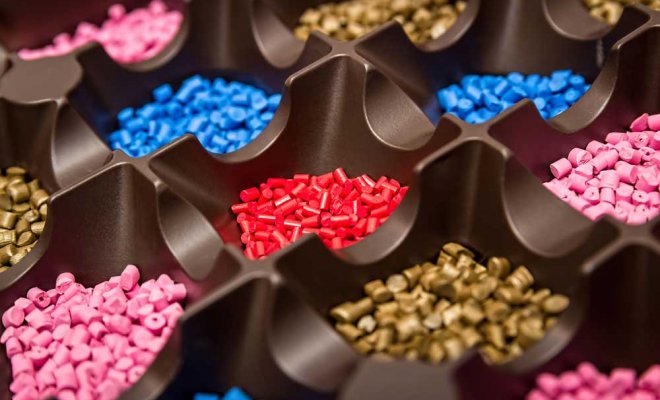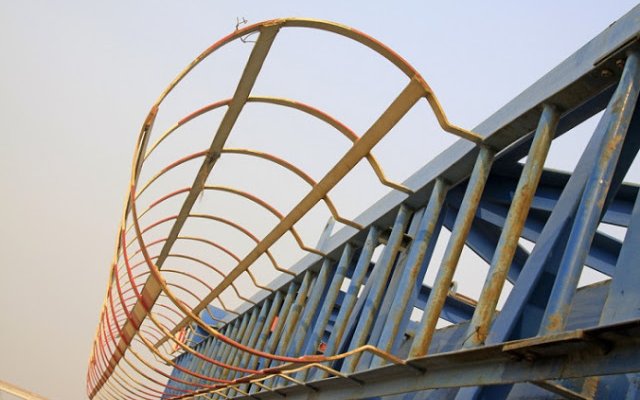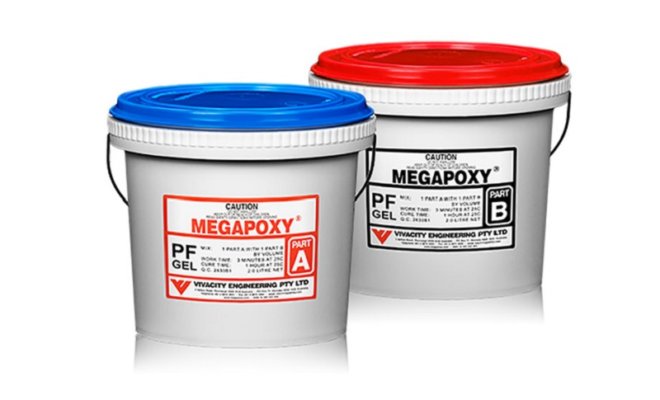A common and apparent feature of most industries is the formation of dust and waste particles produced by huge machines during the production process. Such particulates in the air may not hamper only the health of the workers in the factory but also decreases the operational efficiency of the machines caused by accumulated debris and dirt. This gave rise to the use of vacuum filtration in many industries such as chemical factories, food processing industry, pharmaceutical companies, and these industries use different types of filters. Most large-sized vacuum cleaners for industrial purposes include the pre-coat filter, tray filter, drum filter, table filter, belt filter, and so on. Such vacuum cleaners have different components also that helps in effective cleansing of the air.
Filtration Components of Industrial Vacuum Cleaners
An industrial vacuum cleaner consists of the following layers of filters:
1. Paper Bag
The first stage of the filtration process consists of a paper bag. The standard types of bags are made of a two-ply material whose inner lining captures the particulates. This layer collects the bulk of particles and particles smaller than 3 microns move through this layer to filter next.
There is also an electrostatic paper bag available which consists of an electrostatically charged inner lining with meltdown polypropylene. This layer attracts even the fine particles. This bag needs to be changed when it gets filled at 2/3 to 3/4 amount.
2. Main Filter
Next is the main filter of the device with different properties and sizes for different scale of industries. The standard filter is made of cotton and is used in light industrial vacuums. It has the ability to maintain 99.8% of particles down to 3 microns in size.
The standard filter of heavy industrial vacuums is made of polyester with 99.1% retention efficiency at 1.5 microns. The surface area of this filter is increased by the star-shaped pleats on it, thereby increasing the efficiency.
3. Microfilter
Micro-filters are fit on the bottom of the motor to protect it by filtering even minute and microscopic particles. It should be changed every 3 months or when discoloration is noticed.
4. HEPA Filter
This is the final stage of filtration in vacuums and is used for collecting toxic and hazardous dust. While their amount of application and use determines their replacement, typically they should be replaced after 1,000 hours of use.
Benefits of Vacuum Filters
An industrial vacuum cleaner comprising of all these layers of filtration offers for the following range of advantages:
- The specialized vacuum filters suck and hold back even the very fine dust particles along with the large particulates from the air of the factory.
- These filters provide a clean and healthy working environment for the workers, thereby preventing any diseases and illnesses otherwise caused by impure air.
- The maintenance of these filters is easy as they are washable with water.
- By regularly cleaning machines of a factory with vacuum cleaners, the efficiency and productivity of the workers also increase as they become eager to work in a clean environment with an increased vigor.
- An industry can formulate their budget and particular requirements and then choose the optimal type of material for the filter instead of comprising with a standard type of filter.
All these features and properties of vacuum filters make it a highly useful and effective cleaning instrument in almost every industry. If you are looking one such cleaner and filtration system for your industry, make sure to get it from a reputable supplier to ensure efficiency and credibility of the product and services. A little time spent on the research of the supplier would help to get a reputable and efficient supplier.









